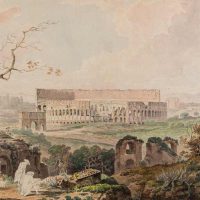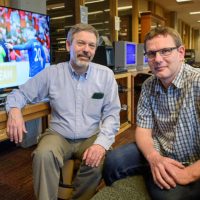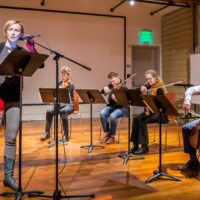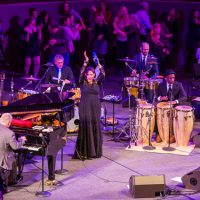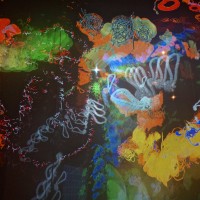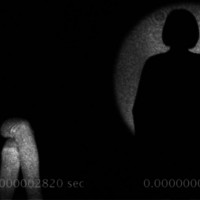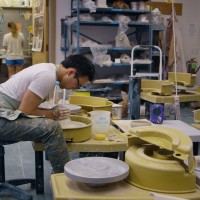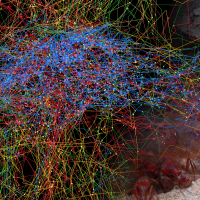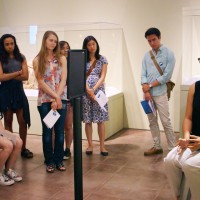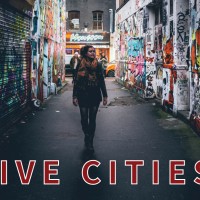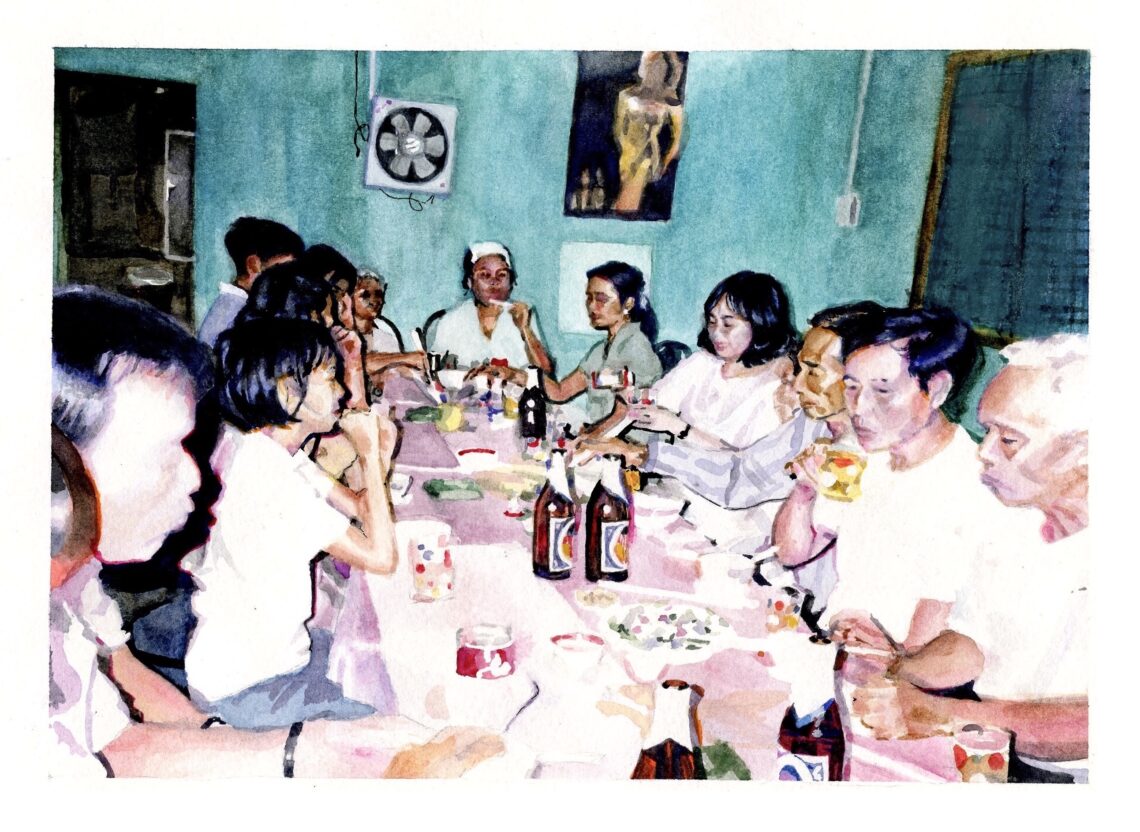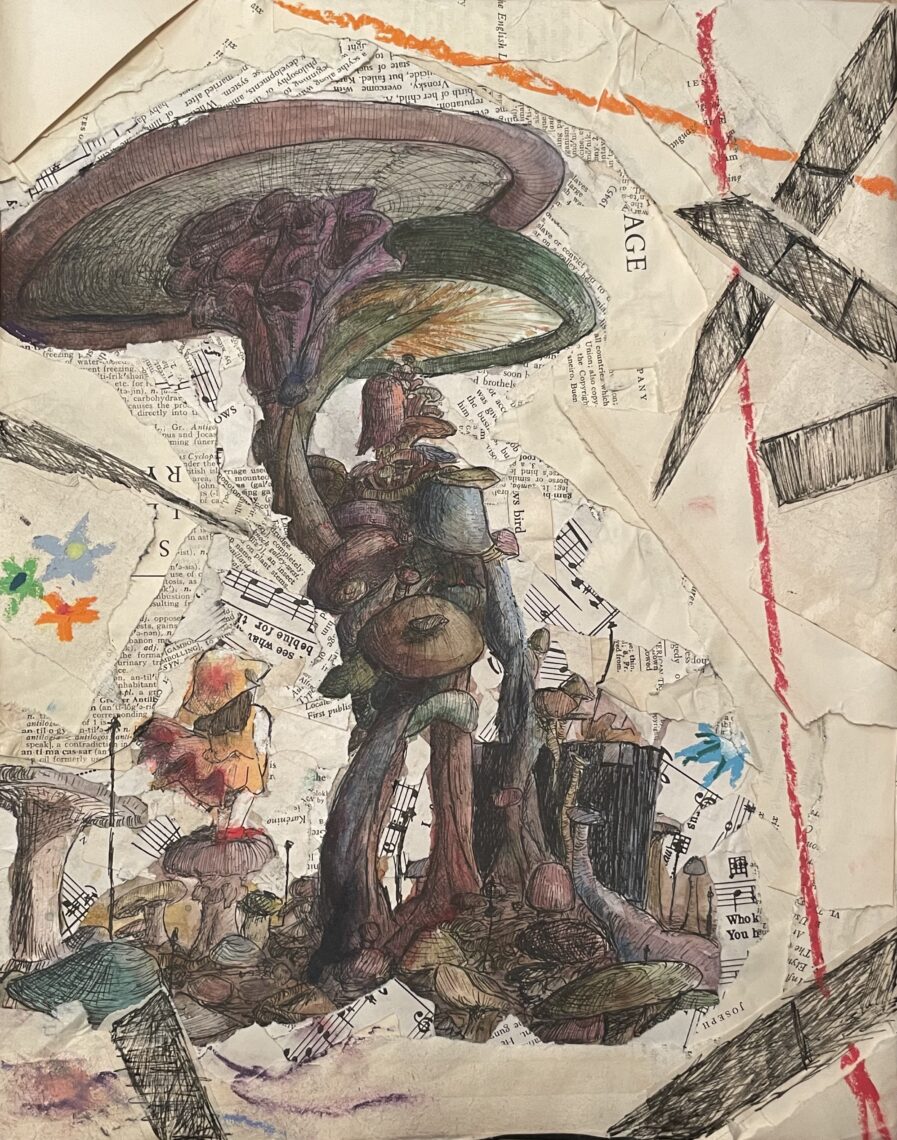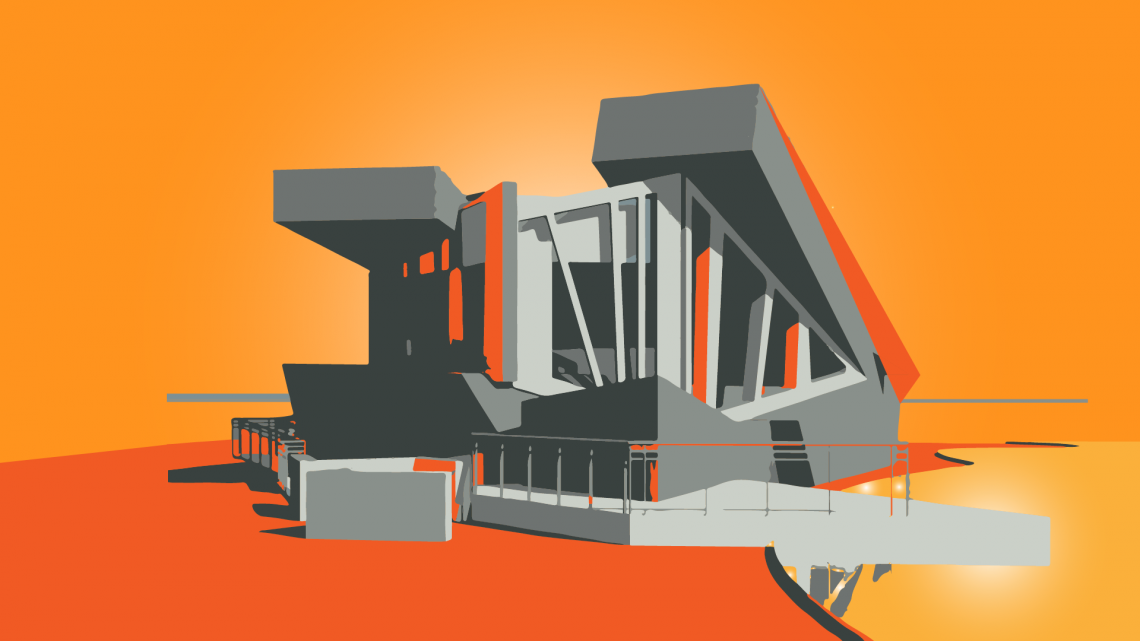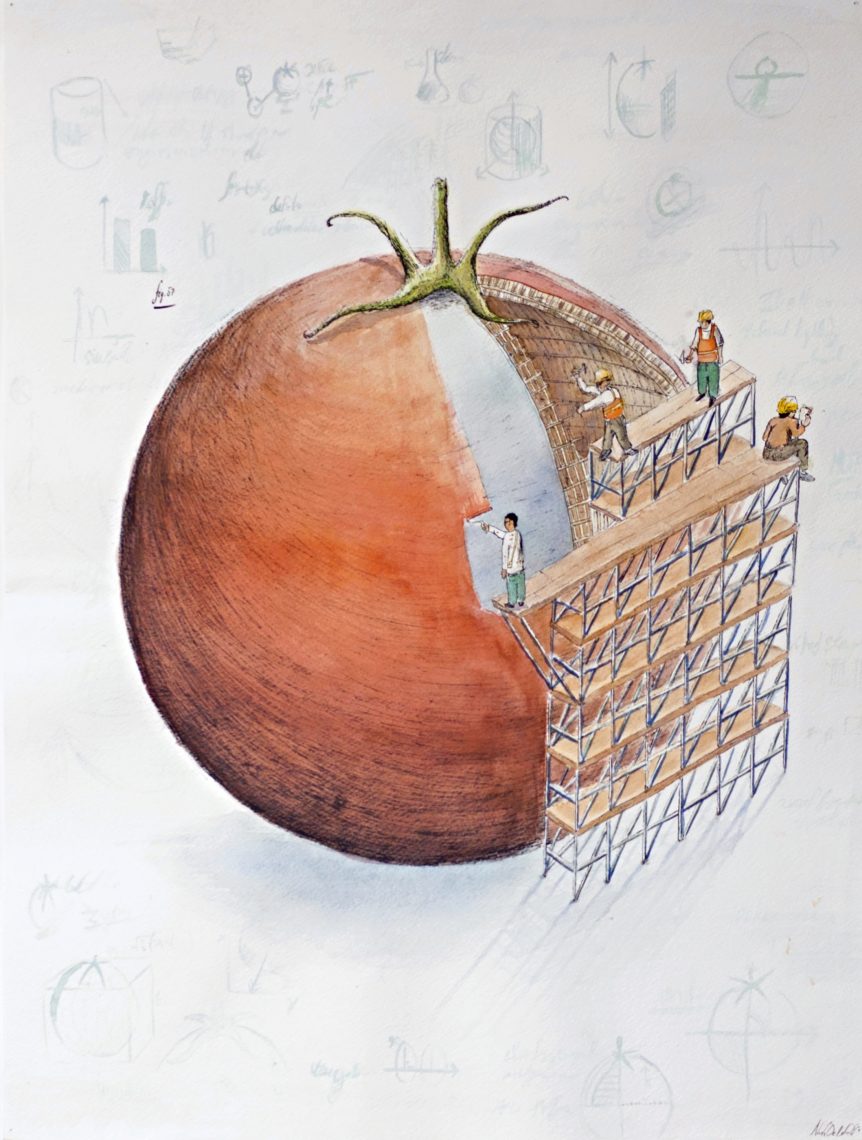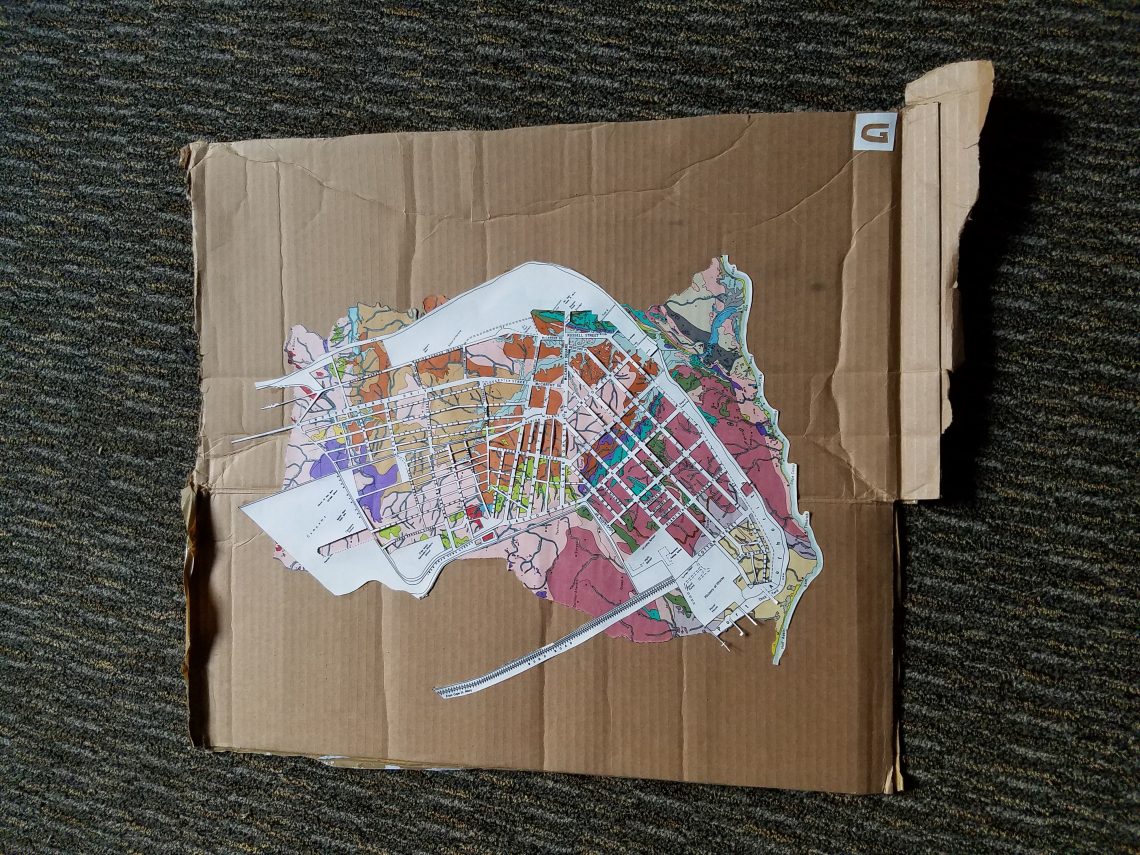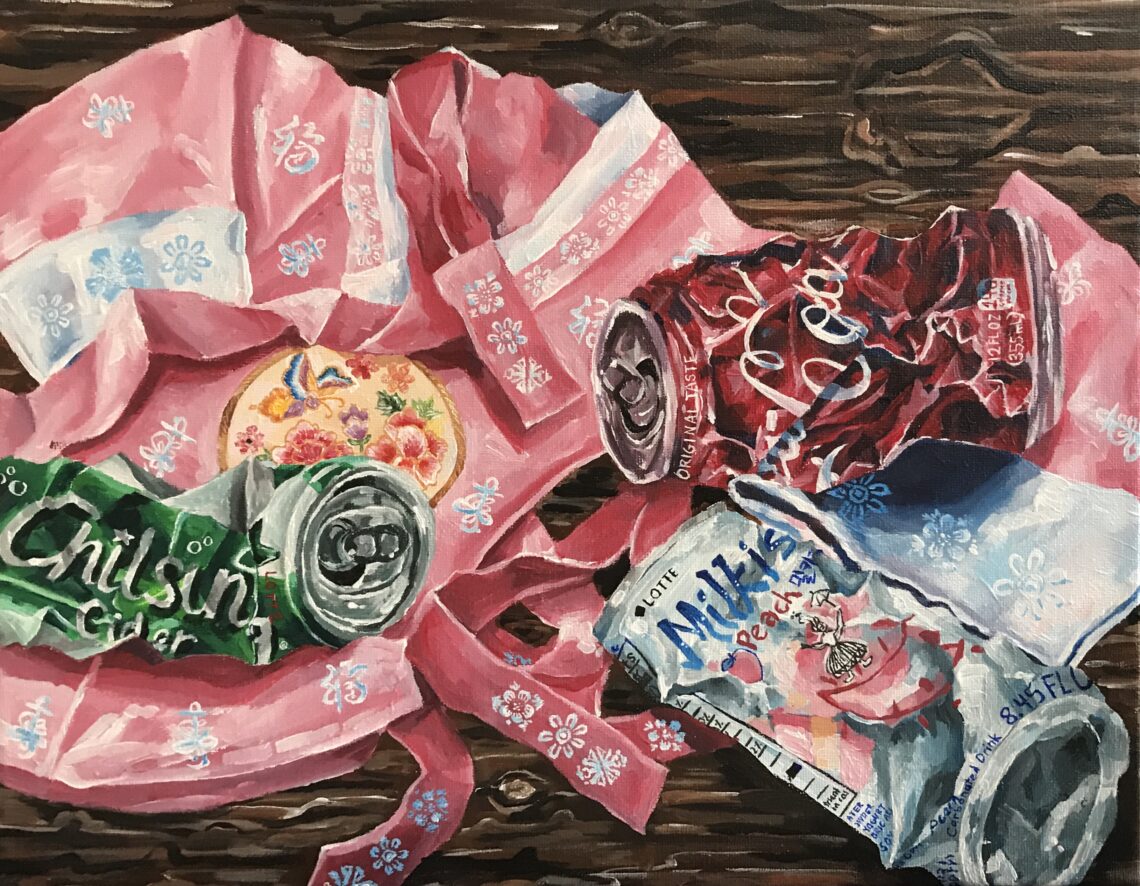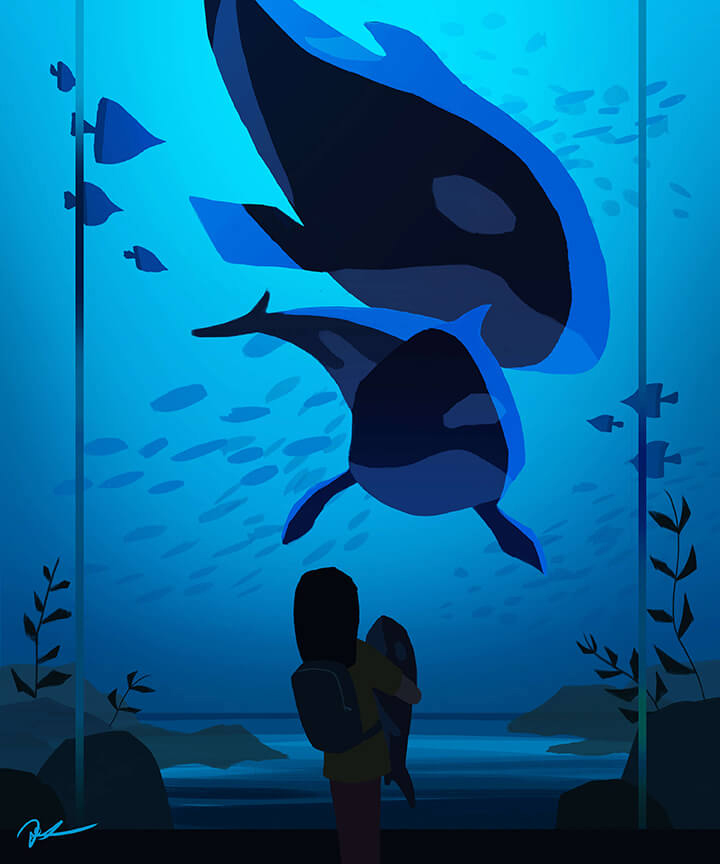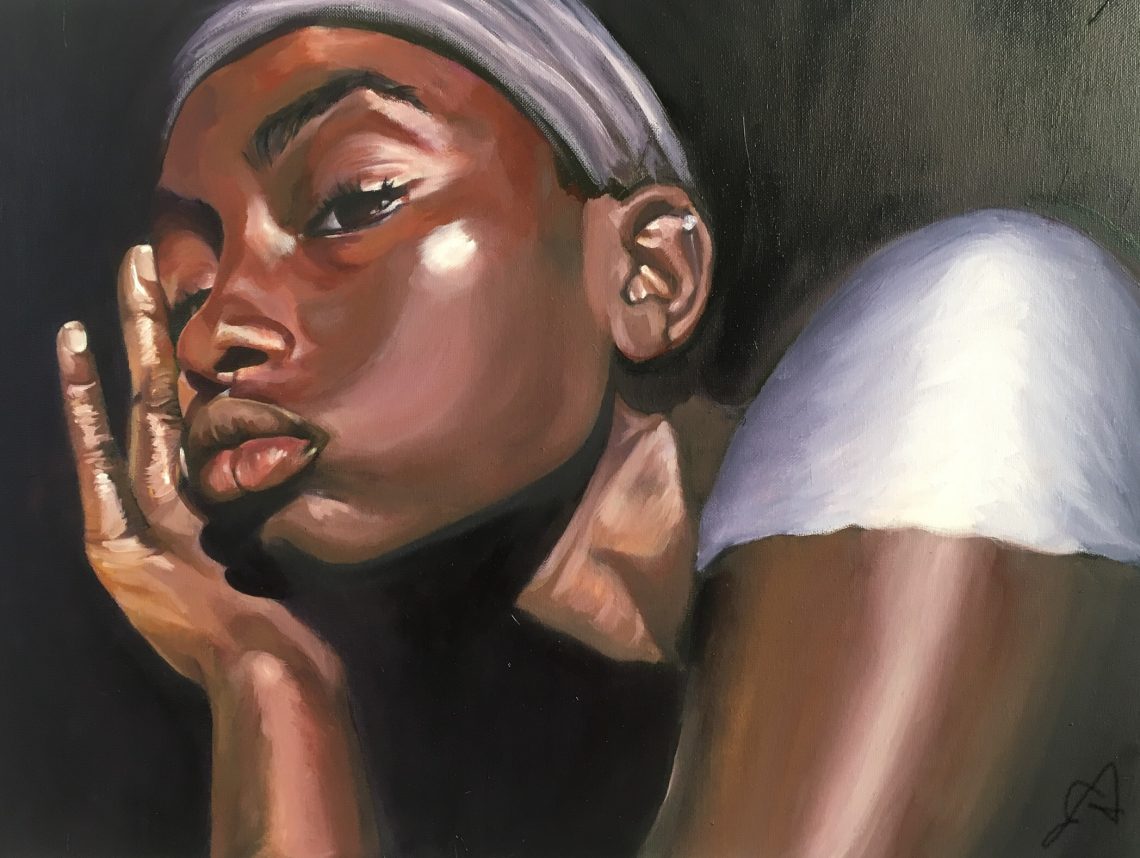Campus Stories - Interdisciplinary Approach
Stanford Libraries’ rare score of Giuseppe Verdi’s opera Aida provides clues to the past
A rare, orchestral score of Italian composer Giuseppe Verdi’s opera Aida has become a valuable source of instruction and inspiration for Stanford scholars. The handwritten manuscript, used in Aida’s Paris premiere in 1876, appears to be the earliest surviving copy of the famous opera’s full score – and the only surviving score from a performance…
Thousands of Rome’s historical images digitized with help of Stanford researchers
A team including Stanford researchers created a new digital archive to study Rome’s transformation over the centuries. The exhibit, which went online in the spring, consists of almost 4,000 digitized drawings, prints, photographs and sketches of historic Rome from the 16th to 20th centuries. The pieces were collected by renowned Roman archaeologist Rodolfo Lanciani, who…
Dance faculty member seeks common ground in the rural West
In 2012, Alex Ketley identified a pattern in his work as a dancer and choreographer: he had worked almost exclusively in urban centers and performed for city-based audiences – most of whom were already accustomed to modern dance. “It was almost like preaching to the choir,” Ketley mused. Creating work for like-minded patrons in art-saturated…
Faculty and students at Stanford argue for increased study of games and interactive media
Three years ago, a group of Stanford faculty and staff came together to discuss the scholarly value of games and interactive media. These discussions resulted in the weekly Interactive Media and Games Seminar Series, which is open to students, the Stanford community and the public. Led by Ingmar Riedel-Kruse, an assistant professor of bioengineering, and…
Stanford Mohr Visiting Artist Majel Connery reimagines the string quartet
What happens when you imagine the string quartet as a theatrical genre? How can the inherent showmanship of the four musicians expand to interact with voice, acting and operatic performance? These are the questions Mohr Visiting Artist Majel Connery examined in her winter class, Theatricality and the String Quartet, with help from Pulitzer Prize-winning composer…
Stanford Live features world-class artists, integrates them into campus life
When the Danish String Quartet visited campus this past October, the members didn’t simply drop in for a public performance of Wallin, Janácek and Beethoven at Bing Concert Hall and head home. They also joined in a chamber music reading session with students and the St. Lawrence String Quartet, Stanford’s ensemble-in-residence. “They all read together…
Stanford alum returns to campus as visiting artist to explore connections between his art and other disciplines
When artist Will Clift, BS ’02, MS ’03, was at Stanford, his course load included classes on nearly everything but making art. As an undergraduate he majored in integrative design, an individually designed program that combined engineering, philosophy and psychology. He then earned a master’s degree in management science and engineering. With the exception of…
Exhibit explores the intersection of art and engineering and its impact on California’s water history
The archive of HELEN and NEWTON HARRISON is featured in an interdisciplinary exhibit now on display at the Green Library. Terraforming: Art and Engineering in the Sacramento Watershed is on view in the Peterson Gallery, Green Library Bing Wing, through April 30. Curated by PhD candidates LAURA CASSIDY ROGERS (Modern Thought and Literature) and EMILY…
Camille Utterback: “Sustaining Presence” at the Stanford Art Gallery
The Department of Art & Art History at Stanford University presents Sustaining Presence, on view from January 24 to March 26, 2017 with a reception on Thursday, January 26, from 5-7 PM, at the Stanford Art Gallery. This solo exhibition by Camille Utterback, Assistant Professor in Art & Art History, highlights computationally generated and interactive…
Stanford physicist makes speed-of-light art
On Oct. 28, THOMAS JUFFMANN, a postdoctoral fellow in physics, will present at Vision+Light: Extending the Senses, an event at UC Berkeley that celebrates the intersection of art and science. Juffmann, who works with Phillip Haslinger of UC Berkeley and artist Enar de Dios Rodríguez of the San Francisco Art Institute, uses advanced imaging technology…
Yellow is the new orange
stanfordarts. Jennie Yang, ’19, has long loved science and art. She explains in a post for Cross-Sections, @CantorArts’s art-conservation blog, “I would take all sorts of math-y science-y classes in high school, but I’d be painting and playing the viola at the same time.” Now she’s a student in the Materials Science and Engineering Department, and…
High school students plunge into history, philosophy, art and science
Each summer, high school students fill the halls of the Stanford Humanities Center to grapple with questions that have dogged humankind for millennia: whether ideas create social change, or if the collective good trumps individual rights, for example. Such fundamental questions animate the Summer Humanities Institute, which welcomed 135 students this summer – up from…
Stanford students replicate museum objects from the Cantor Arts Center
What is the most important aspect of a replica? Physical attributes or capturing the maker’s intent? Stanford students from two spring courses explored this question with the help of the Cantor Arts Center’s Art + Science Learning Lab. Kristen Haring’s history students and Hideo Mabuchi’s applied physics students 3-D printed and hand-built from clay two…
Finalists announced for Stanford’s 2016 Art of Neuroscience competition
Eleven images representing a broad cross section of neuroscience research have been chosen as finalists in the Stanford Neuroscience Institute’s Art of Neuroscience competition. Submitted by students, faculty, postdoctoral scholars and other scientists, the images range from the intricately detailed, such as a spider-like neurons or arrays of cells that send visual signals to the…
Living, learning together while immersed in art at Stanford
After a year of living and learning together, students in ITALIC (Immersion in the Arts: Living in Culture) inhabit the Cantor Arts Center for an afternoon of critical expression. Their capstone project encouraged students to search for an inspiring piece of art or physical environment and then respond in an analytical and aesthetically expressive manner….
Stanford Arts Institute fellows examine the role of art in cities
Beijing, Mexico City and Mumbai are cities whose recent histories have notably been reconsidered, and are being rebuilt with art as a central lens. According to two new Stanford Arts Institute (SAI) fellows, Detroit and New Orleans belong on that list of cities as well. The scholars will be researching the role that arts are…





